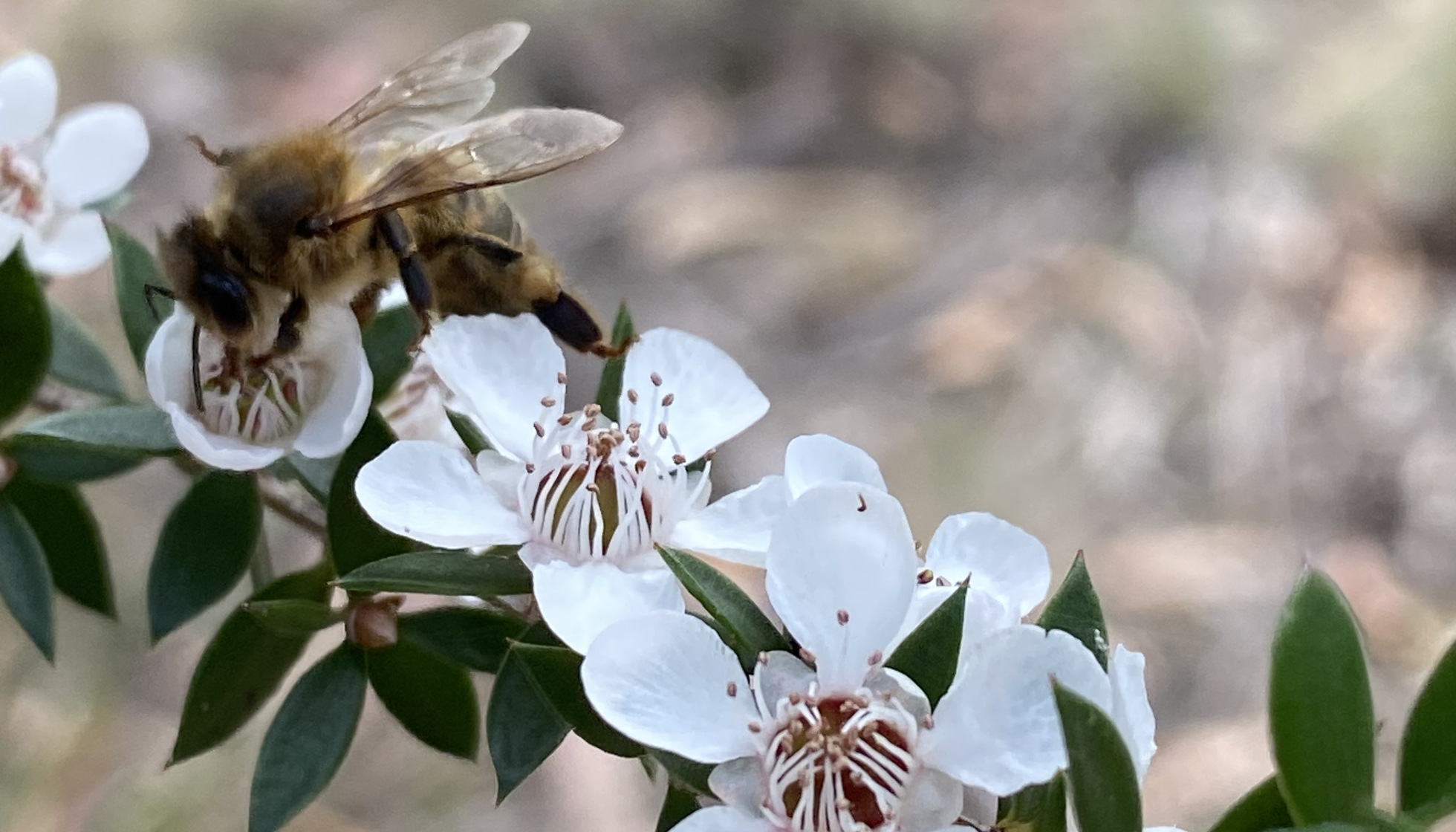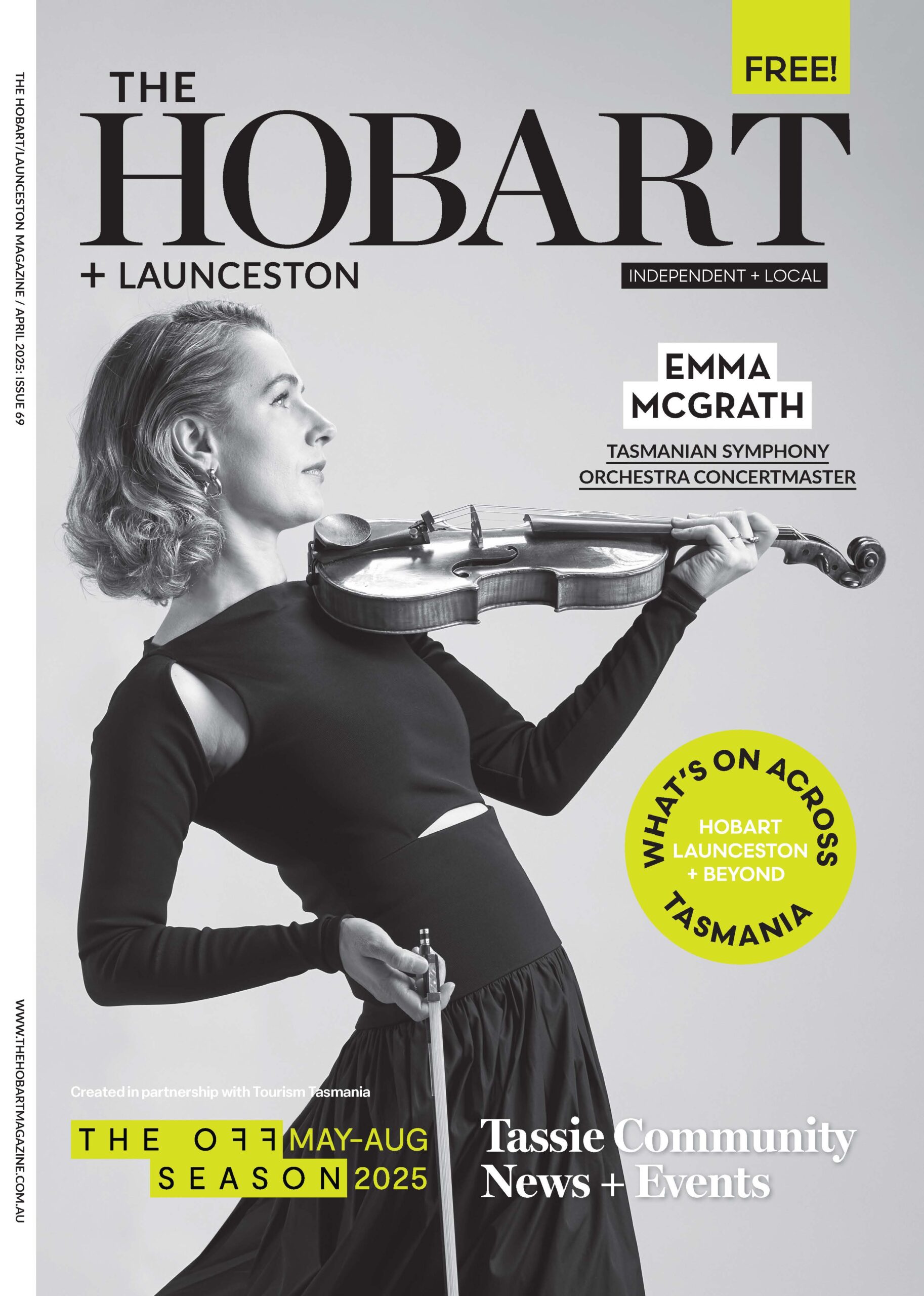How the Threat of War Led to the Establishment of Knocklofty Reserve
by Elizabeth Osborne

In World War Two, young Australians were fighting in Europe, Asia and the Middle East. Families with sons serving overseas waited for news, dreading the arrival of a telegram that meant the worst news. In 1942 and 1943, after the fall of Singapore on 15 February 1942, many feared Australia was in imminent danger of invasion. This fear was heightened when a Japanese submarine launched seaplane flew a reconnaissance mission over the Hobart area in March 1942.
What did the Hobart City Council do when everyone was anxious, fearful for the future of Australia? The Hobart Council found time, in 1942 and 1943, to establish the Knocklofty Reserve, 140 hectares of bush, two kilometres from the CBD, for the “pleasure of future citizens of Hobart.” Isn’t that incredible? I wondered what I would do if Australia was about to be invaded, like Ukraine? Would I think to provide for future generations to enjoy the bush and peace of nature? Not likely. I mulled over this as I walked to the summit of Mount Stuart with the conversational walkers, on the track through the Knocklofty Reserve, the Reserve that was established in those worst years of World War Two.
It’s a popular walk, easily accessible, with a variety of tracks. We chose to leave from the Mount Stuart Lookout, at the base of the stone steps. After a short climb, we sat for a while on a welcome seat to enjoy the view spread below, to Bridgewater and beyond. The peace of the bush enveloped us. Butterflies and white moths fluttered along the track. Wallabies watched, before bounding away into the bush. We caught glimpses of kunanyi/ Mount Wellington through the trees. As the track goes higher up Mount Stuart you can see over the city, North Hobart, and the distant hills across the river. Halfway up the track to the summit is a carved wooden seat. Native bees and bumble bees buzzed in the tea trees around us. A lizard sunning itself slid into a rock crevice. At the summit the track opened out to a flat grassy area, surrounded by woodland. We could see across the northern suburbs to the river glinting in the sun, blue hills and the surrounding mountains.

We followed the downhill track to the picnic area, where we enjoyed the view over Sandy Bay, framed by a flowering banksia. Refreshed and ready to ‘rock and roll’, we discussed whether to follow the Glover Track or go to the Reflecting Pond. However, the lure of coffee at the Lansdowne Café found us walking through West Hobart, down Forest Road.
Rather than retrace our steps, we walked back up to Mount Stuart Road to our car at the Lookout. We enjoyed the contrast between the bush and the adjoining streetscapes. Had the Council not had the foresight to create the nature reserve in the 1940s, the whole of Knocklofty Reserve might now be just another suburb. Instead, the reserve is a popular recreation area of pristine bush, a sanctuary for wildlife and home to over 300 native plant species.
Thanks to the Hobart City Councillors of 1942 and 1943 for the vision to establish the Knocklofty Reserve for the “pleasure of future citizens of Hobart.” It is indeed a pleasure in the bush, so near yet so far from the bustle of the city.

